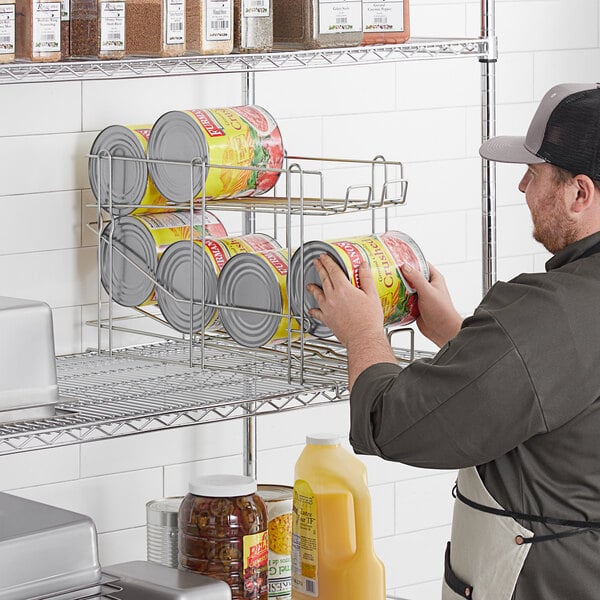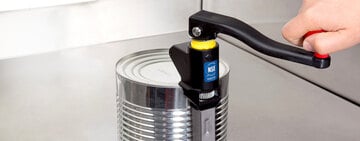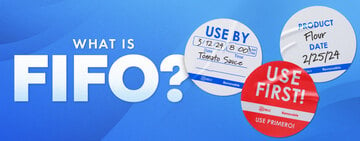The most common materials used for food cans are steel, tin, aluminum, and paper, each offering unique benefits for commercial food storage. Each material has characteristics that make it suitable for different food products.
Steel
Steel is commonly used for food cans due to its durability and strength, but manufacturers will coat it in tin or aluminum to prevent corrosion. They provide excellent protection for food products, making them ideal for long-term storage and transportation. Additionally, steel cans are recyclable, making them a sustainable packaging option for businesses looking to reduce environmental impact.
Tin
Tin is often used as a coating for steel cans to prevent corrosion and enhance the shelf life of canned foods. Cans with tin coatings are suitable for acidic foods, as tin provides a barrier against interactions that could affect the taste or quality of the product. Due to these properties, tin cans are popular for canning fruits, vegetables, and acidic sauces.
Aluminum
Aluminum cans are light weight and resistant to corrosion, making them a popular choice for packaging beverages and food products. They are easily recyclable, with high recycling rates contributing to sustainable packaging practices. The flexibility of aluminum allows for creative packaging designs and shapes, making it an adaptable material for food cans.
Paper
Though less popular than metal, paperboard cans are an eco-friendly alternative that offers a sustainable packaging solution for environmentally conscious businesses. They are light weight and easily customizable, making them ideal for packaging dry goods, snacks, and confectionery products. The recyclability of paperboard cans further enhances their appeal as a sustainable packaging option in the food industry.










